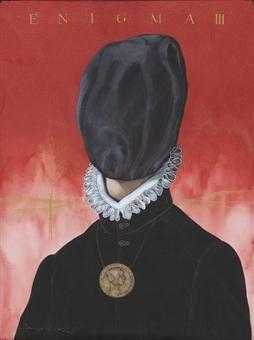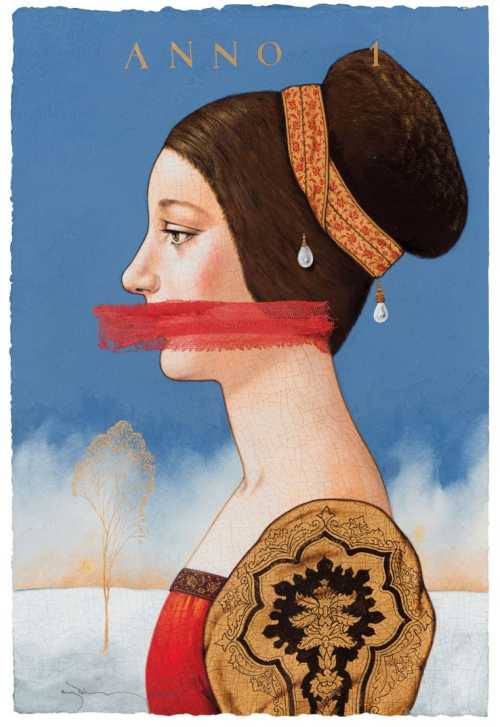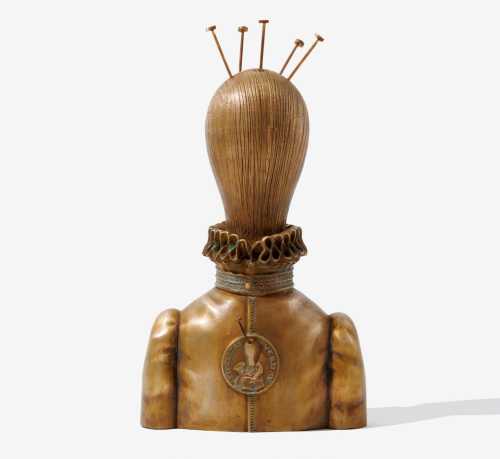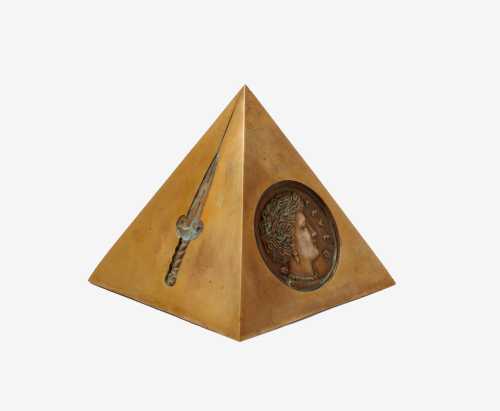- Enigma III 2008
- gouache and metallic paint on cardboard
- Painting
- 58 * 78 cm
- signed and dated 'aydin 08' and in Farsi, with artist stamp (lower left)
Artwork Description
This painting is from Aydeen Aghdashloo's important Enigma series, a continuation of his most famous series Memories of Destruction, in which Aghdashloo uses icons of Italian as well as Persian classical paintings, surbverting them by destroying much of the familiar images through tearing, crumpling, burning and scratching. Typical of the works in this series, in The Years of Fire and Snow of 1978, he bases his work on the principles of Italian Renaissance painting. Aghdashloo's primary source is Sandro Botticelli. He replicates the revered Western original but, the charm and sophistication of Renaissance portrait is undermined by his unremitting attempts to partially ruin them. By injuring and disfiguring these masterpieces, he communicates his discontent with the shattered values of our age. The images are usually set against an ambiguous and esoteric background, mostly a bitterly cold winter, in order to make a strong and moving statement that can be interpreted both culturally and politically: it should be noted that this painting was executed in 1978, just a year before the Revolution, a time of turmoil within Iran.
In the later works of this period, he extended his sardonic repertoire to include images with silhouetted faceless body, evidently lacking any sense of identity and orientation. The polemic in these works is even stronger, showing an increasing skepticism about the rhetoric of the dominant cultural power against the past periods. An important works from the Memories of Destruction series was sold in these rooms lot 76, 31 October 2007.
In the works of the Enigma series, he further intensifies his sarcastic language by supplying his images with silhouetted faceless body with the face often covered with cloths, which evidently lacks any sense of identity and orientation. These hybrid works have an even stronger element of polemic, which points to an increasing skepticism about the rhetoric of the dominant cultural power against the past periods, and thus maintain an explicit political edge. The artist's preoccupation with lost glory of the past is not merely intended to pay homage to his mentors, but to express a sense of devastation derived from the cultural decline and dissolution of values.
Aydeen Aghdashloo is deeply respected by the Iranian nation, not only as a celebrated artist, but also as a great writer and distinguished art teacher.
In the later works of this period, he extended his sardonic repertoire to include images with silhouetted faceless body, evidently lacking any sense of identity and orientation. The polemic in these works is even stronger, showing an increasing skepticism about the rhetoric of the dominant cultural power against the past periods. An important works from the Memories of Destruction series was sold in these rooms lot 76, 31 October 2007.
In the works of the Enigma series, he further intensifies his sarcastic language by supplying his images with silhouetted faceless body with the face often covered with cloths, which evidently lacks any sense of identity and orientation. These hybrid works have an even stronger element of polemic, which points to an increasing skepticism about the rhetoric of the dominant cultural power against the past periods, and thus maintain an explicit political edge. The artist's preoccupation with lost glory of the past is not merely intended to pay homage to his mentors, but to express a sense of devastation derived from the cultural decline and dissolution of values.
Aydeen Aghdashloo is deeply respected by the Iranian nation, not only as a celebrated artist, but also as a great writer and distinguished art teacher.
Realized Price
106,669 USD
Min Estimate
60,211 USD
Max Estimate
78,296 USD
Average Artwork Worth
+68.62%
Average Growth of Artwork Worth
Sales Performance Against Estimates
Average & Median Sold Lot Value
2021 - 2025
Performance vs. Estimate
2021 - 2025
Sell-through Rate
2021 - 2025
Similar Artworks
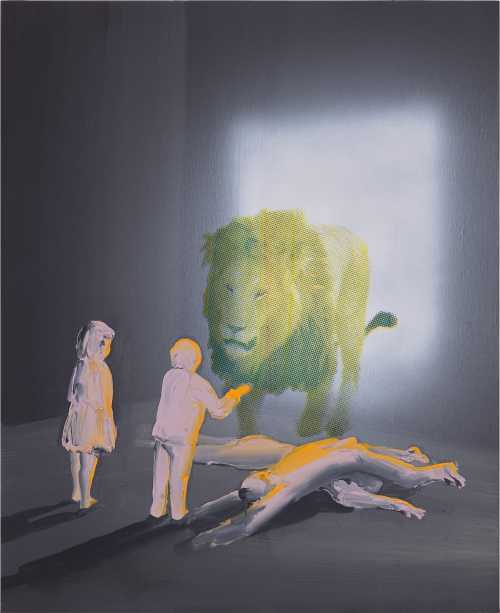
The Eater
Estimation
$15,000
-
$20,000
Realized Price
$53,340
204.8%
Sell at
Sale Date
Phillips Auction
-
14 May 2025
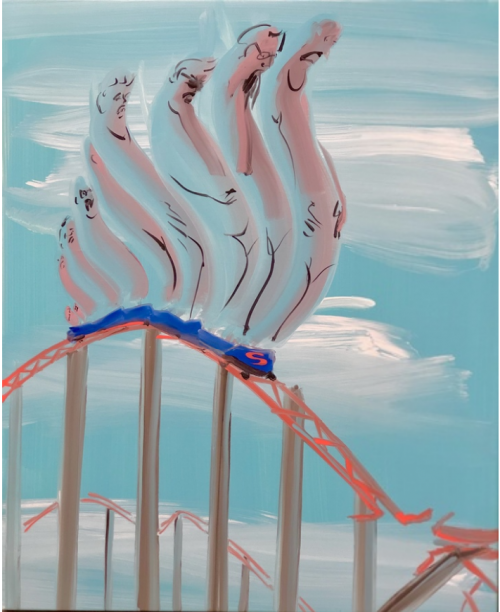
Roller Coaster
Estimation
£15,000
19,742 USD
-
£25,000
32,903 USD
Realized Price
£37,800
49,750 USD
89%
Sell at
Sale Date
Phillips Auction
-
28 April 2022
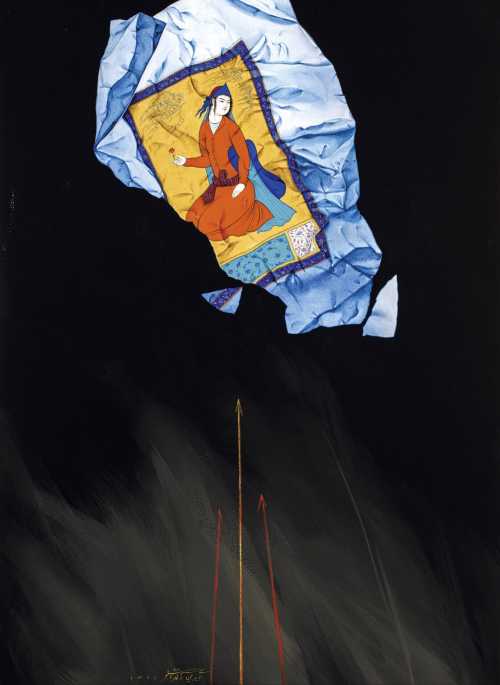
Untitled from the Memories of Destruction series
Estimation
30,000,000,000﷼
35,294 USD
-
40,000,000,000﷼
47,059 USD
Realized Price
33,000,000,000﷼
38,824 USD
5.714%
Sale Date
Tehran
-
14 February 2025
